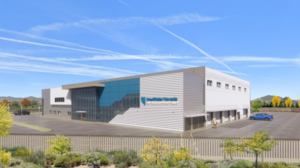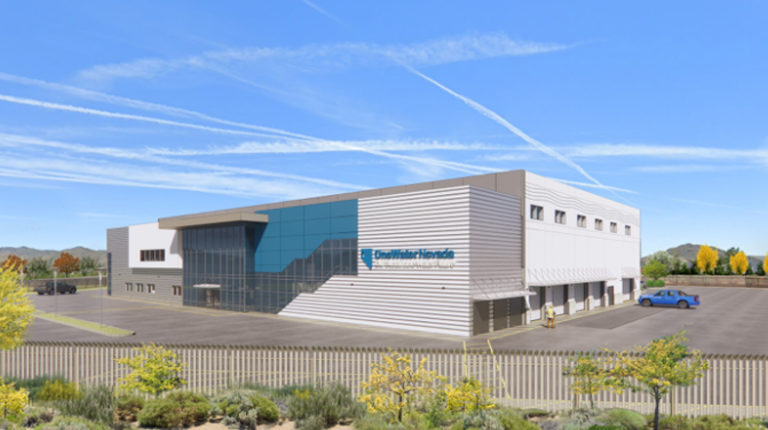Water resources are a critical component of any region’s ecosystems. But, perhaps even more important is the realization that water is also essential for human survival. Its needs cannot be ignored.
In 2023, the U.S. market for only drinking water treatment and wastewater systems was estimated to be $4.93 billion. This revelation also revealed that the industry segment for drinking water and treated water will likely increase at a rate of 7% annually for many years—and perhaps decades. The data clearly signals that government contractors should not overlook this water infrastructure segment.
The Bipartisan Infrastructure Law allocated more than $50 billion for water infrastructure of all kinds between 2022 and 2026. Currently, the country is experiencing the richest environment for water infrastructure funding in the history of the United States. Funding, currently, is readily available.
The Environmental Protection Agency (EPA) predicts that drinking water and wastewater treatment infrastructure needs will exceed $744 billion for construction, repairs and expansions over the next 20 years to meet water quality standards and stated goals. The following examples of upcoming water projects represent just a fraction of the activity found throughout the U.S. Government officials in America are working hard to avoid a water needs tsunami in America.

Photo courtesy of OneWater Nevada.
Citizens and businesses in Charlotte County, Florida, will benefit from an expansion project at the Burnt Store Water Reclamation Facility. The project is currently being designed to increase the region’s water supply from 0.5 to 2.5 million gallons per day to meet the current demand and anticipated demand from growth and development.
The project has been tagged with an $89 million cost estimate. However, recently, the city released bid documents and the low bid came in at $178 million. The solicitation was pulled down, and city leaders are expected to issue a new RFP when more funding is found. A timeline for that, however, has not been announced.
The Benton Township in Michigan will receive approximately $20 million for water projects from the Michigan Department of Environment, Great Lakes and Energy. The funding is allocated for critical water infrastructure and will help support improvements to expand the community’s water treatment plant’s filtration-rated capacity. Additionally, the plant’s supervisory control and data acquisition (SCADA) system will be updated for the first time since the plant’s construction in 2011.
Water usage data shows that the peak daily water demand at the plant often reaches up to 88% of the plant’s daily capacity, signaling the need for expansion. In addition to this effort, city leaders will oversee the construction of two new water towers and a new water main, which will replace the lead-infested water distribution pipes. Construction is scheduled for 2025.
The Truckee Meadows Water Authority and the City of Reno, Nevada, secured a $30 million grant from the U.S. Bureau of Reclamation to establish an advanced purified water facility. It will be the state’s first water purification and reuse facility to produce water for water recycling practices.
With most of the design phase completed, the project outlines plans for the water facility, six miles of pipeline that will be required and two injection wells. The facility will process highly treated flowing water from the Reno-Stead Water Reclamation Facility through a comprehensive purification process, including ozonation, biological carbon filtration and ultraviolet disinfection. The treated water will then be injected into an aquifer at American Flat. Initially, it will serve agricultural irrigation, but the facility will later deliver water to residential and commercial sectors. Bidding documents will be released in late 2024 or early 2025. Construction will begin in 2025.
City officials in Othello, Washington, will soon supervise a $14 million project to deliver a new wastewater treatment plant. Currently, the city is 100% reliant on groundwater from a nearby aquifer, but the city is using water faster than the aquifer can naturally recharge. The treatment plant project will improve the city’s current water infrastructure and facilities and assess alternative methods of providing long-term climate-resilient water resources.
The aquifer storage and recovery project will be designed to pump water from a canal, treat the wastewater, and then pump the treated water into the aquifer or the city’s reservoirs as needed. The continuous and automated treatment process will introduce organic soil bacteria into the wastewater as a method of bioaugmentation or enhancing the ability of native microbes to break down pollutants. The project is in the pre-design phase, with an estimated completion date of late 2024. The city still has to acquire land for the facility, but construction is slated to begin in 2026, and plant operations will begin in late 2027.
City leaders in Lawton, Oklahoma, are advancing the second phase of a wastewater treatment plant renovation project. Phase 2 will expand the facility’s capabilities and is estimated to cost between $85 million and $100 million. Design work for Phase 2 began in May and is expected to close in August 2025, about the same time that Phase 1 construction work will be completed.
The wastewater treatment plant was first built in 1977 and currently operates at a capacity of 18 million gallons per day. The city has been developing the project to renovate the treatment plant for about three years. Still, the unexpected failure of certain pieces of equipment at the plant has increased the urgency of the renovation project. The impact on water quality pushed the launch date, and the effort will be funded by various sources, including a grant from the American Rescue Plan Act (ARPA) and loans from the Clean Water State Revolving Fund.
Water treatment plants and wastewater system projects are usually high-cost initiatives. They involve much more than just construction contractors are expected to use as many local subcontractors as possible. Interested parties likely know that quite a bit of upfront prep work must be done before bidding.







